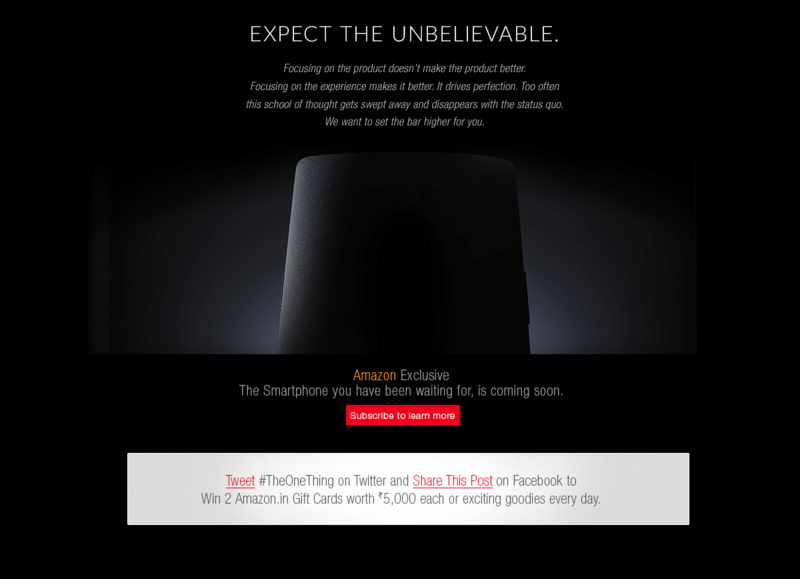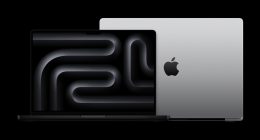Apple’s latest flagships, the iPhone 6 and the iPhone 6 Plus, have taken a setback with their 128 GB model. Users have reported crashes and random reboots. Here’s how to check if you have the dreaded TLC chip that is the root of the cause.
Some iPhones are bundled with multi-layer cell (MLC) while others haveTLC, or three-layer cell flash. If you’re jailbroken, you can find out which type of memory your device includes, and given that MLC is notably more favorable than TLC given its faster read / write speeds and more expensive nature, Apple decided going against it in some earlier models.
All you need is a PC/Mac connected to the same hotspot as your iPhone.
Step 1: Head over to Cydia and install both “OpenSSH” and “IOKit Tools“.
If you are not jailbroken, read our iOS 8 Jailbreaking Guide!
Step 2: Open up Terminal in OS X, or, if you’re running Windows, download a similarly-functioning alternative app like PuTTY.
Step 3: On your iPhone, open up Settings, tap on Wi-Fi, and then the “i” button next to your connection. Jot down your IP Address.
Step 4: Type in the following on your computer:
ssh root@<IP ADDRESS>
replacing the <IP ADDRESS> with the actual IP address you noted in Step 3. Then tap on Enter.
Step 5: If you’re met with a pop-up, type in “YES“, and when prompted for a password, the iOS default is always “alpine”.
Step 6: Paste the following EXACTLY AS THEY ARE into the Terminal:
ioreg -lw0|grep “Device Characteristics”
You’ll see a lot of data. And by lot, I mean a lot.
Step 7: Within the data, look for “default-bits-per-cell”, which is succeeded by a value.
If said value is 2, then you’re good, and running on MLC. But if your value is 3, then this means you’re running the TLC NAND flash.
It’s not the end of the world though. Just make sure you do a regular device backup and you’ll be good.





